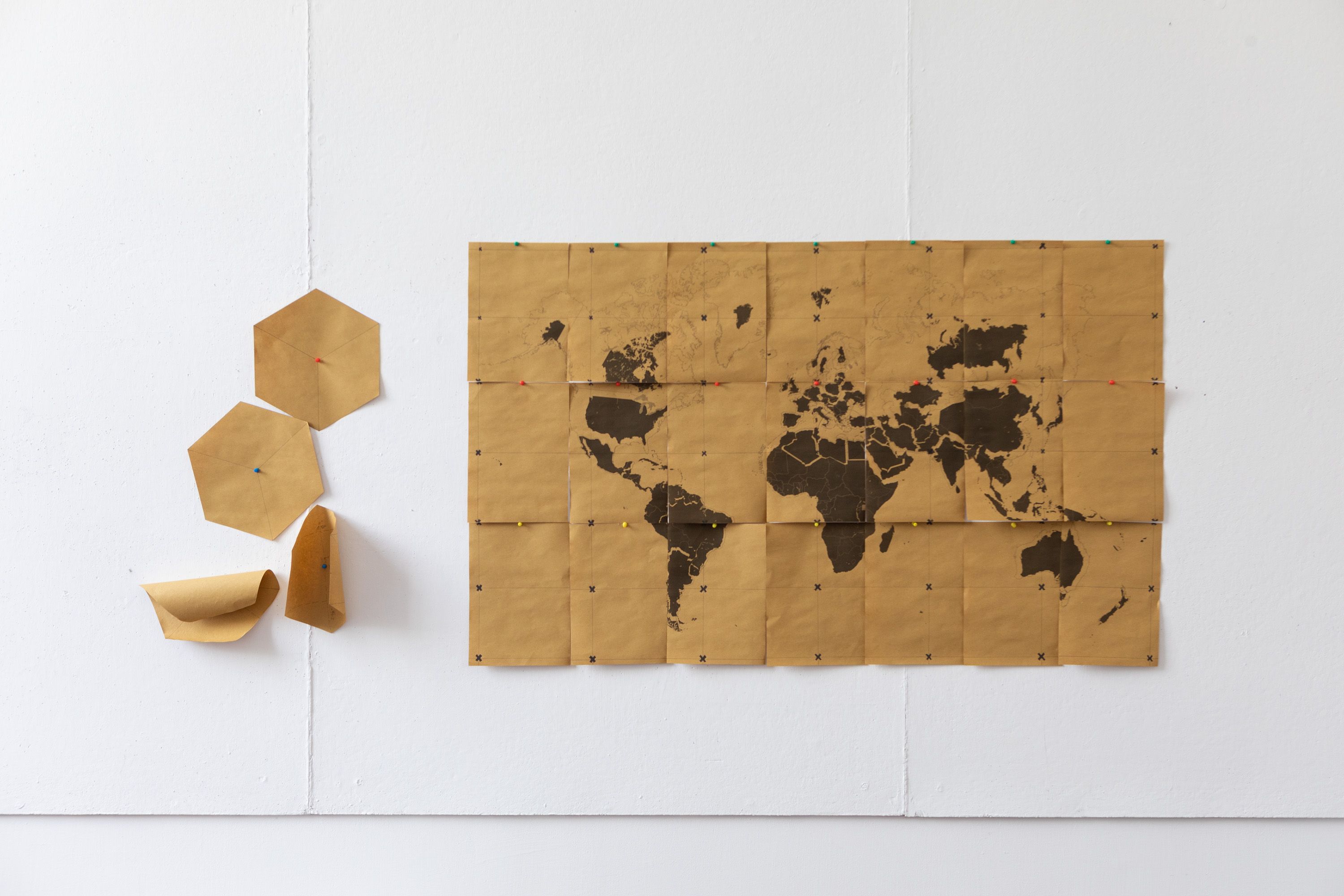Britannica, T. Editors of Encyclopaedia, "opus sectile," Encyclopedia Britannica, February 5, 2008, ➝.
During my time at the American Academy in Rome, my search for entanglements between North African and Roman architecture were often empty. It was not until I switched departmental archives and began browsing the archeology section that I find the necessary information. These books are critical to understanding the built environment and how it was formed.
All images courtesy of author.
